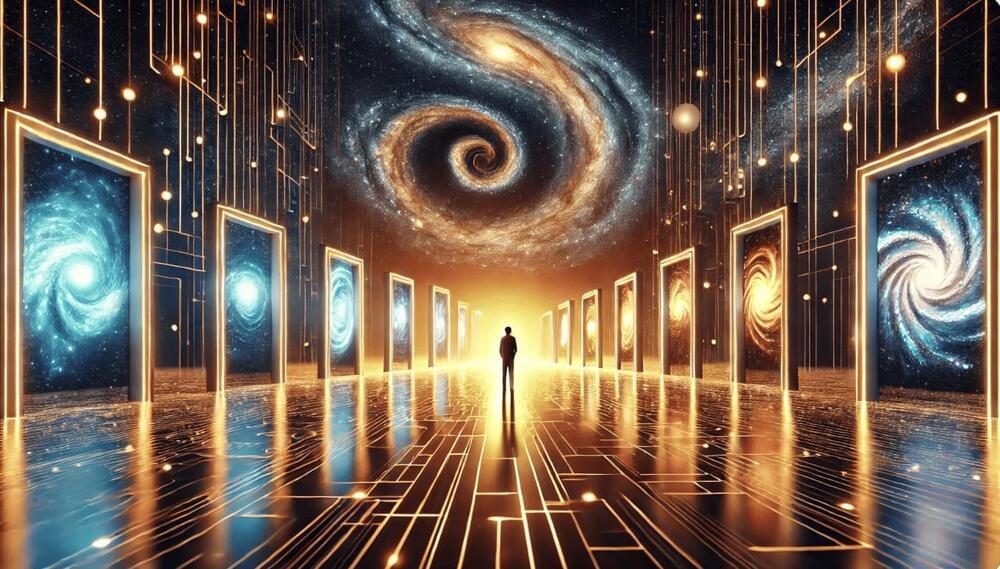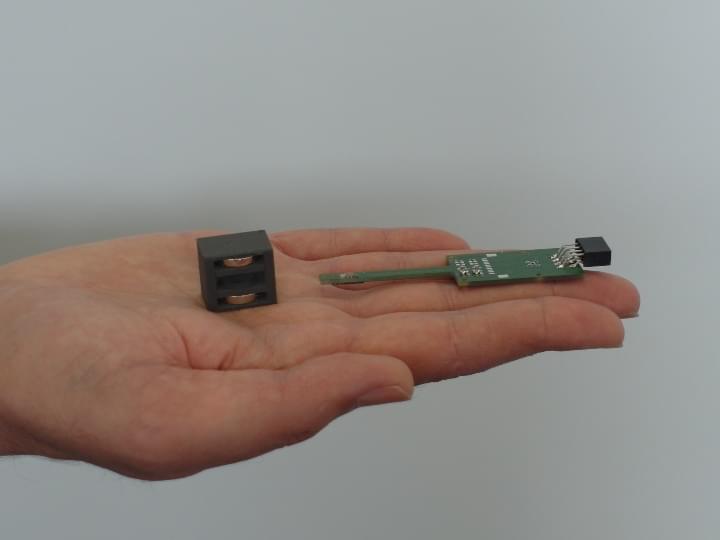Dr. Ariel Zeleznikow-Johnston hopes to pick up the movement where Jones left off, albeit with the significant twist that his version does not require freezing. A research fellow at Melbourne’s Monash University, Zeleznikow-Johnston wrote the new book, “The Future Loves You: How and Why We Should Abolish Death,” which makes the case that cryopreservation is possible and should be more widely available. Rejecting the popular notion that death endows life with meaning as “palliative philosophy,” Zeleznikow-Johnston’s book instead argues a human’s connectome — a high-resolution map of all their brain connections — could be theoretically recorded perfectly before they die.
Once that happens, that same internal brain activity could be recreated through high-powered computers, while a new brain is grown in a vat via stem cells or some combination of the two. As such, Zeleznikow-Johnston is proposing a spiritual descendant to the cryonics movement (which he dismisses as “unscientific” and “unsubstantiated”), one where the focus is not on preserving tissues but on the “data,” so to speak, of our distinct connectomes.
“We have very strong evidence that the static structure of the neurons is enough to hold onto someone’s memories and personality.”






